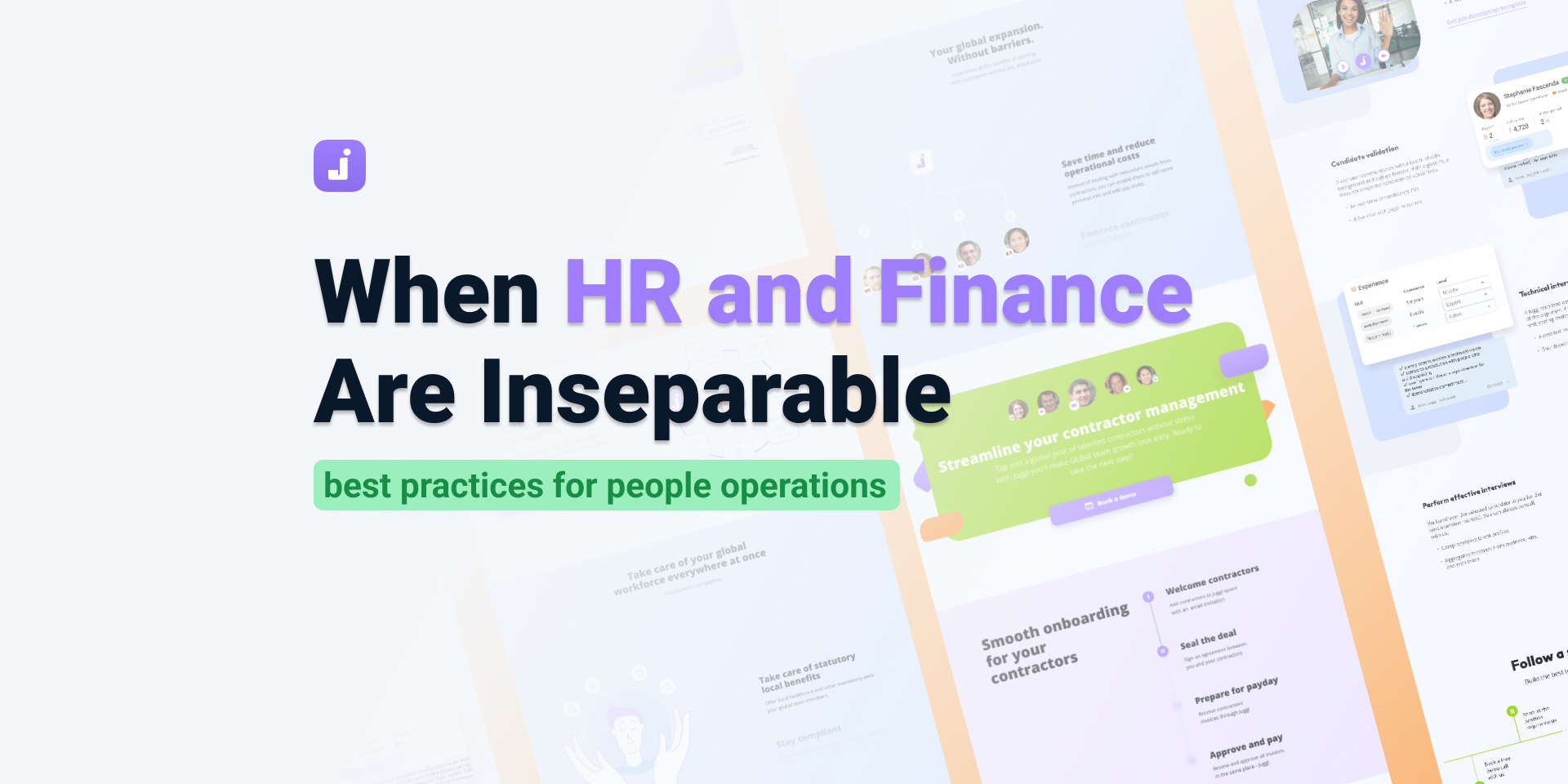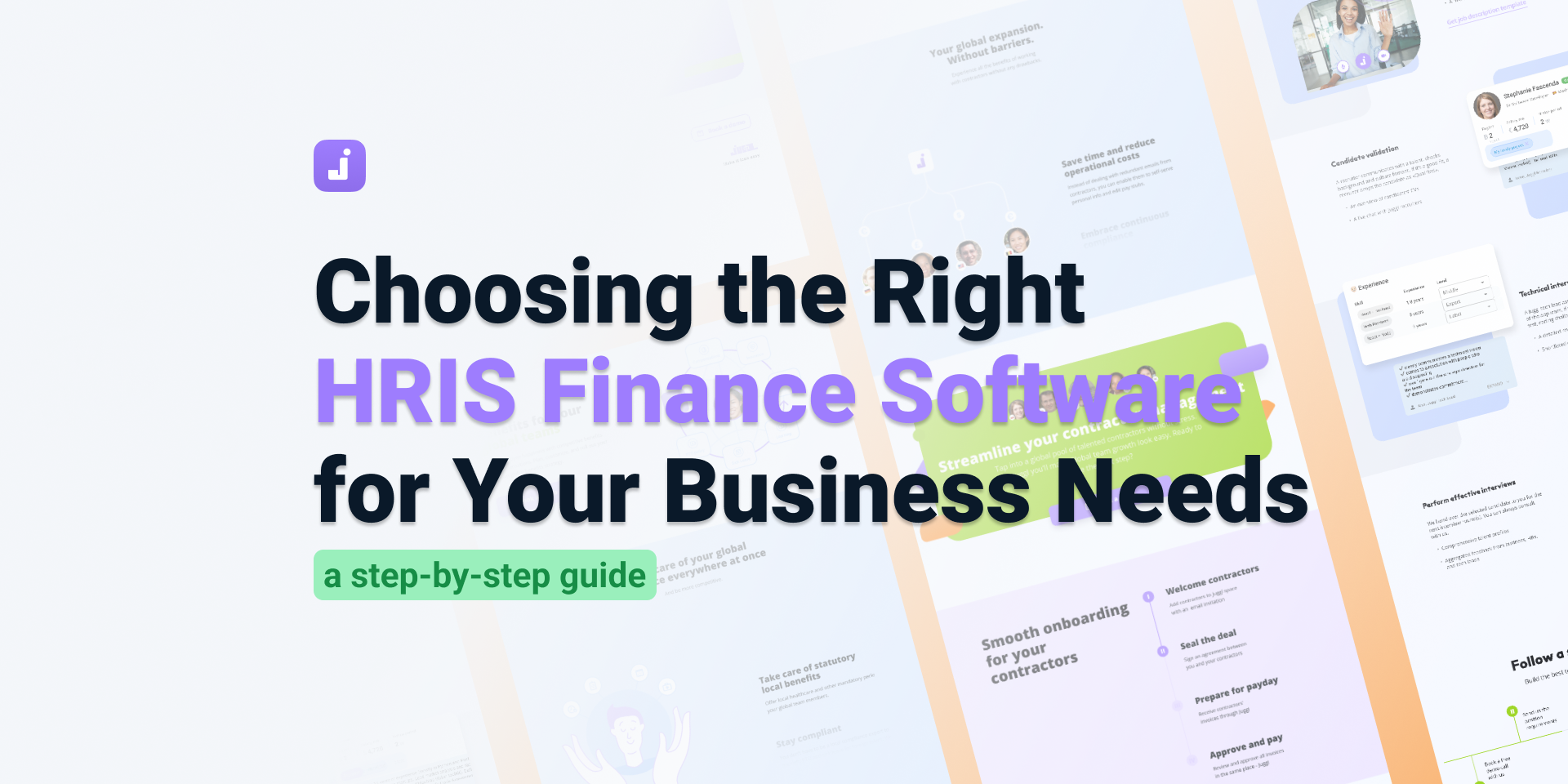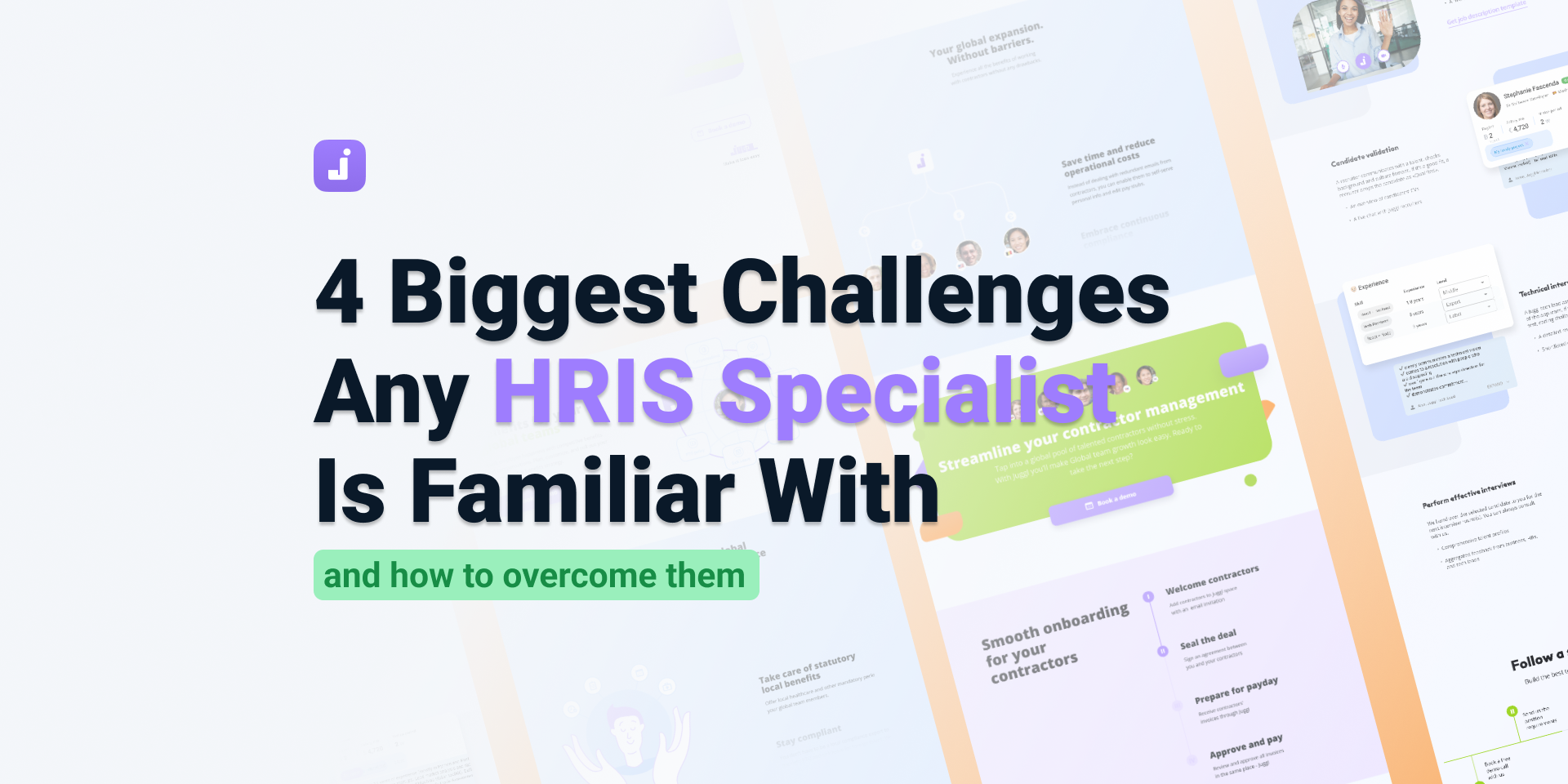HRIS Play 8/10: How to measure employee wellbeing
Curious about the growing buzz around employee well-being? It's not just a trend; it's a critical aspect of workplace strategy that merits a closer examination. Delving deeper into how employee satisfaction intertwines with productivity could unveil the secrets to enhancements across your organization.
Imagine noticing a significant uptick in your employee productivity tracker. Rather than attributing it to random happenstance, it's worth considering the profound link between team morale and their performance. Industry giant McKinsey underscores the hefty price tags associated with overlooking the repercussions of work-related stress and burnout – we're talking potential losses in the millions annually. It's a startling revelation that emphasizes the need for a proactive approach.
Contrary to the perception of well-being initiatives as mere perks, they are, in fact, essential components of a high-functioning workplace. The equation is straightforward: a contented team equals a high-performing team. This principle is pushing organizations towards a more comprehensive understanding of how to effectively gauge and enhance employee well-being.
Strategies for Elevating Employee Well-Being
1. Evaluating Satisfaction and Engagement:
Regularly assessing your team's satisfaction and engagement levels through surveys and feedback loops can provide invaluable insights. Incorporating questions that touch on key well-being factors such as sleep quality, physical activity, and recent periods of rest can offer a holistic view of employee health.
2. Addressing High Turnover Costs:
Pinpointing the reasons behind costly employee turnover requires a deep dive into workplace culture and its impact on individual well-being. By identifying these factors, companies can tailor their retention strategies more effectively.
3. Promoting a Healthy Work Environment:
Ensuring that the workplace is both physically and psychologically safe is non-negotiable. This involves regular evaluations and adjustments to meet evolving health standards and employee expectations.
Leveraging Technology for Insight
In the digital era, HR technology plays a pivotal role in tracking and promoting employee well-being. The integration of HR Information Systems (HRIS) and global payroll software offers a unified platform for managing various aspects of the employee lifecycle, including well-being initiatives. These systems can be enhanced with real-time data analytics tools and engagement platforms like Workday's Peakon or SurveyMonkey, making it easier to measure the impact of well-being programs.
For example, the effective use of payroll software can streamline compensation processes, reducing stress associated with financial transactions for both employees and HR departments. Similarly, global payroll solutions accommodate the diverse needs of an international workforce, ensuring that everyone feels valued and supported regardless of their location.
Crafting an Effective Well-Being Strategy
- Setting Clear Objectives:
Define what success looks like for your well-being initiatives, whether it's reducing absenteeism or boosting overall engagement. Align these goals with the broader company objectives to ensure coherence and support from all levels of the organization.
- Choosing the Right Measurement Tools:
Opt for survey scales that allow for nuanced responses without causing fatigue. A 7-point scale is commonly recommended for its balance between detail and simplicity.
- Analyzing the Return on Investment:
Connect the dots between your well-being programs and organizational goals. Monitor key metrics such as insurance claims, hospitalization rates, and productivity to evaluate success.
Case Studies in Success
Companies like Microsoft are at the forefront of utilizing data to bolster employee experiences. Through platforms like Microsoft Viva Insights, they provide personalized statistics and recommendations, functioning akin to a digital well-being coach. This approach not only helps in navigating workplace challenges but also in crafting a more supportive and productive environment.
Final Thoughts
Incorporating employee well-being into your operational strategy isn't just beneficial; it's essential in today's fast-paced work environment. By leveraging HR technology, crafting insightful surveys, and-actioning on the gathered data, businesses can unlock the full potential of their teams, leading to a happier, healthier, and more productive workplace.
Remember, the journey toward improved well-being is ongoing. It demands attention, innovation, and a commitment to nurturing an environment where every individual can thrive.

.jpeg)








